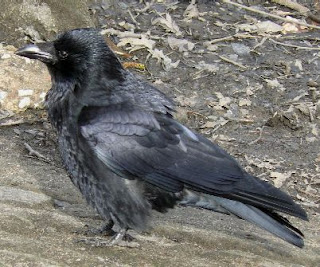NEW REPORT CONFIRMS NORTH WEST IMPORTANCE FOR UK’S WATERBIRDS
The concentrations of millions of ducks, geese, swans and wading birds, which spend the winter in the UK, are among our greatest wildlife spectacles, and the latest report into the numbers of these birds proves the importance of the North West region.
But the report also reveals that some dramatic changes are taking place with our birdlife across the UK. Some species are increasing, while others are decreasing alarmingly.
Many of the most important sites for waterbirds in winter are in the North West.

The Ribble Estuary is internationally important for 16 species of birds; along with the Wash this site has the highest number of species of international importance. The Ribble is also the most important site in the UK for the wigeon, a type of duck whose population has fallen by one-fifth nationally.
The Dee Estuary holds the largest UK concentrations of pintail - a type of duck - and the redshank, a wading bird which across the UK reached its lowest population level for 20 years.
The Mersey Estuary holds the largest concentrations for shelduck, and the dunlin – a type of wading bird whose population has reached the lowest level across the UK since 1970.
Morecambe Bay is the most important UK site for curlew, the UK’s largest wading bird. The curlew is also one of the UK’s most threatened birds as it is edging towards global extinction.
Dr Peter Robertson, Head of Conservation, RSPB Northern England, said: “This report shows that our estuaries and wetlands are wonderful places for wildlife and they deserve to remain so.
The estuaries in the North West are vital staging posts for international travellers. Climate Change and industrial development threaten these wonderful places and the RSPB will continue to do everything in its power to protect them.”
“We are blessed with years of information, chronicling the ups and downs of these international travellers. This information must present a wake-up call to protect these sites, rather than provide a record of how important they once were.”
The key findings from this year’s report, from across the UK, include:
· The numbers of Bewick’s swan fell by around one third.
· The numbers of European and Greenland white-fronted geese suffered further declines.
· The number of dunlin, one of the UK’s most abundant waders, was the lowest since 1970.
· The numbers of wigeon, teal and shoveler - types of duck - all fell, with wigeon suffering a decline of one fifth.
· The number of redshank – a type of wader – declined for the third year running, reaching its lowest level for 20 years.

· The UK’s two species of godwit – types of wading bird – showed differing trends. The graph for black-tailed godwit – a bird of global conservation concern – reached its highest level; although the closely-related bar-tailed godwit, reached its lowest level to date, after a five-year decline.
· Avocets increased, reaching record numbers.
Research is needed to determine whether declines are due to birds short-stopping (that is, birds wintering closer to their breeding grounds, and hence occurring in the UK in smaller numbers) or whether they are ‘real’ global population declines.
This year’s report reveals that five sites in the UK are internationally-important for 12 species of bird, or more, these are: the Ribble (16 species); The Wash (16 species); the Humber (12 species); Morecambe Bay (12 species) and the Thames (12 species).

 eed quickly and earlier and so we quickly added the short eared owl to are day list.
eed quickly and earlier and so we quickly added the short eared owl to are day list.  eed quickly and earlier and so we quickly added the short eared owl to are day list.
eed quickly and earlier and so we quickly added the short eared owl to are day list. 















































